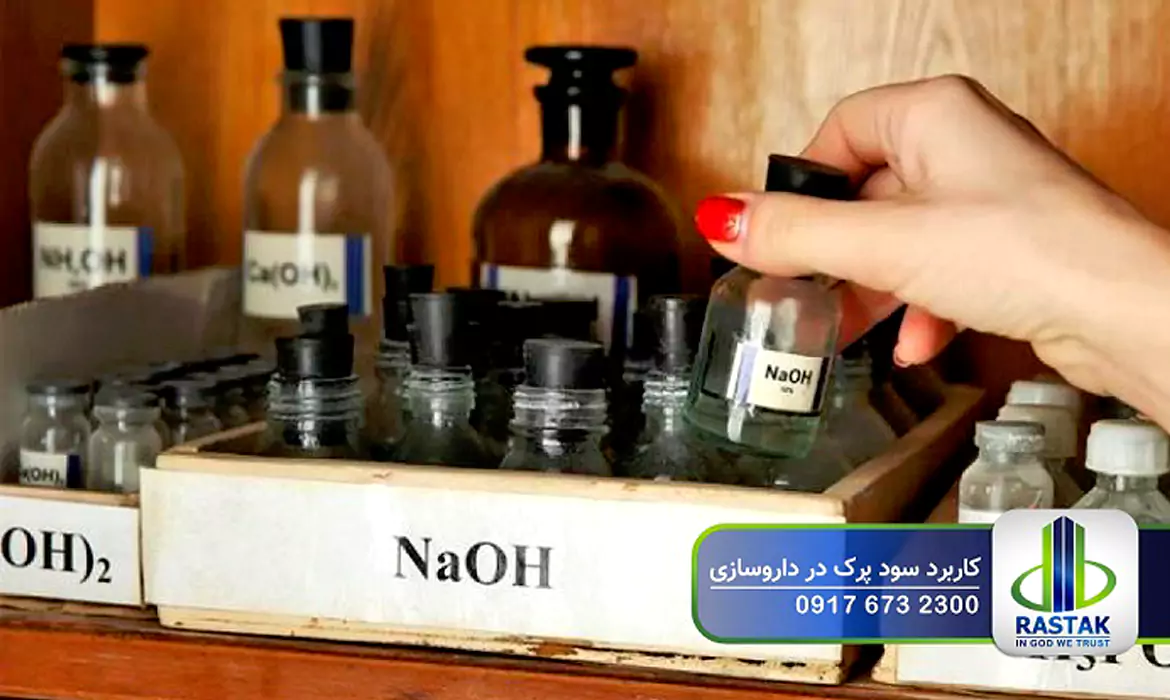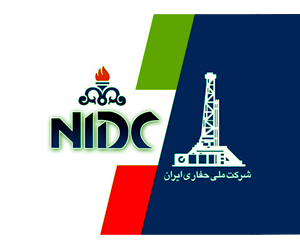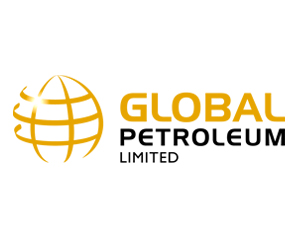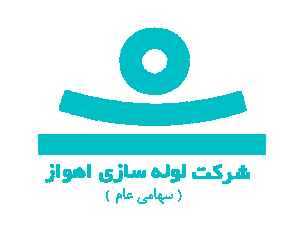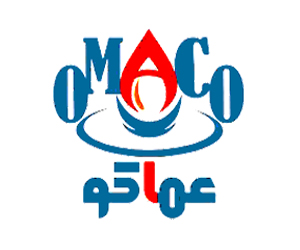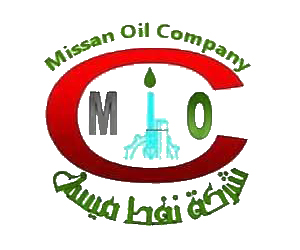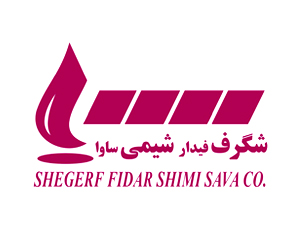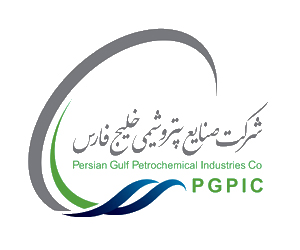Application of caustic soda in the pharmaceutical industry
For the production of many pharmaceutical and medical substances, including anti-arteriosclerosis drugs, painkillers such as aspirin, and anticoagulants that prevent blood clotting.
In the process of hydrolysis of salt water, more than 95% of the capacity of chlorine and about 100% of the capacity of sodium hydroxide are produced. During this process, salt water solution (sodium chloride) will be decomposed into chlorine (chlorine gas) and sodium hydroxide solution and hydrogen (hydrogen gas) by electrolysis. If potassium chloride or calcium chloride solution is used instead of sodium chloride solution (salt water) as a raw material, instead of sodium, the reaction product will be potassium or calcium. Also, during other processes, liquid hydrogen chloride will be converted into chlorine and hydrogen, molten sodium chloride will be converted into metallic sodium and chlorine.
For the production of liquid soda, approximately 1126 kg of sodium hydroxide and 28 kg of hydrogen are obtained from the sodium chloride solution that is used as a raw material for the production of 1000 kg of chlorine. Most of this amount of hydrogen produced during this process is used to produce ammonia, hydrochloric acid and hydrogenate organic compounds.
Using the mercury method, chlorine-free liquid soda is obtained. But using several tons of mercury during this process creates many environmental problems. In such a way that hundreds of kilograms of mercury are removed from the process in a normal production cycle and will be accumulated in the environment.
Liquid soda and chlorine gas that are produced using the mercury method have a very small amount of mercury and may cause environmental poisoning. In the diaphragm and membrane methods, mercury is not used, but the caustic soda that is produced has some chlorine that needs to be removed.
